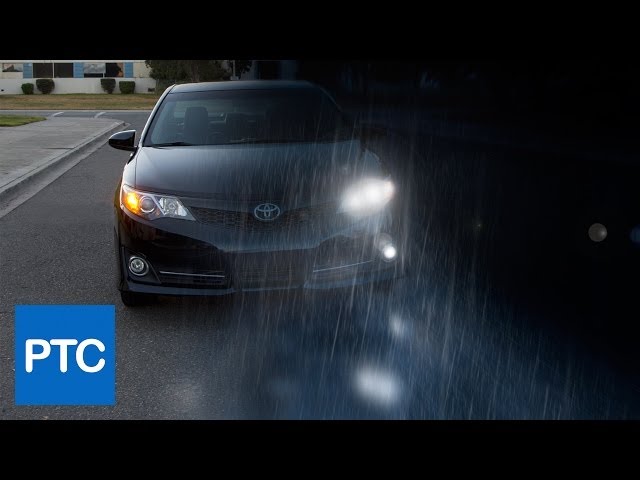Transforming Daylight Into a Rainy Night: A Comprehensive Guide to Creating Atmospheric Scenes in Photoshop

Introduction
The ability to manipulate and transform images in Photoshop is a powerful skill that allows artists and photographers to transcend the limitations of reality. One captivating and often challenging transformation is turning a bright, sunny day into a moody, rainy night scene. In this comprehensive guide, we will explore the step-by-step process of achieving this atmospheric effect in Photoshop, uncovering the techniques and tools that will bring your vision to life.
- Choosing the Right Image:
- Start with a high-quality, well-exposed image that provides a solid foundation for the transformation.
- Consider the composition, lighting, and overall mood of the original photo to ensure a seamless transition.
- Adjusting Exposure and Tonal Range:
- Begin by adjusting the exposure to create a darker, more nighttime-like atmosphere.
- Use levels or curves adjustments to tweak the tonal range, emphasizing shadows and minimizing highlights.
- Creating a Night Sky:
- Introduce a new sky to replace the original daylight sky.
- Select a stock image of a night sky with rain clouds for a realistic effect.
- Blend the new sky seamlessly using layer masks and blending modes.
- Adding Rain:
- Incorporate rain elements into the scene to enhance the illusion of a rainy night.
- Utilize rain brushes or overlays, adjusting size, opacity, and angle for a natural look.
- Apply motion blur to certain rain elements to convey a sense of depth and movement.
- Adjusting Color Temperature:
- Modify the overall color temperature to match the cooler tones associated with nighttime.
- Use a photo filter or color balance adjustment layer to infuse the image with a bluish tint.
- Enhancing Highlights and Reflections:
- Emphasize the reflections of light on wet surfaces to enhance realism.
- Apply highlights to objects like windows, puddles, and other reflective surfaces.
- Adjust the opacity and blending modes to achieve a subtle yet impactful effect.
- Creating Atmospheric Haze:
- Introduce a sense of atmospheric haze to simulate the diffusion of light in rainy conditions.
- Use a soft brush with low opacity to paint areas where the rain and mist would naturally accumulate.
- Adjust the layer opacity to control the intensity of the atmospheric haze.
- Adding Depth with Foreground Elements:
- Integrate foreground elements such as trees, umbrellas, or silhouettes to enhance the depth of the scene.
- Adjust the brightness and contrast of foreground elements to match the overall mood.
- Fine-Tuning with Dodge and Burn:
- Utilize dodge and burn tools to selectively lighten or darken specific areas.
- Enhance the contrast in key areas to create focal points and guide the viewer’s gaze.
- Final Touches and Global Adjustments:
- Perform global adjustments to ensure overall cohesion in the transformed image.
- Fine-tune saturation, contrast, and sharpness for a polished and cohesive result.
Conclusion
Transforming a daytime scene into a rainy night in Photoshop is a complex yet rewarding process that demands a keen eye for detail and a solid understanding of various tools and techniques. By following the step-by-step guide outlined above, artists and photographers can unlock the potential of digital manipulation to create evocative and atmospheric visuals that captivate and immerse viewers in a new and imaginative world. Whether you’re a seasoned Photoshop user or a beginner eager to explore the realms of digital artistry, this guide provides the insights and skills necessary to turn your daytime images into captivating rainy night scenes.





